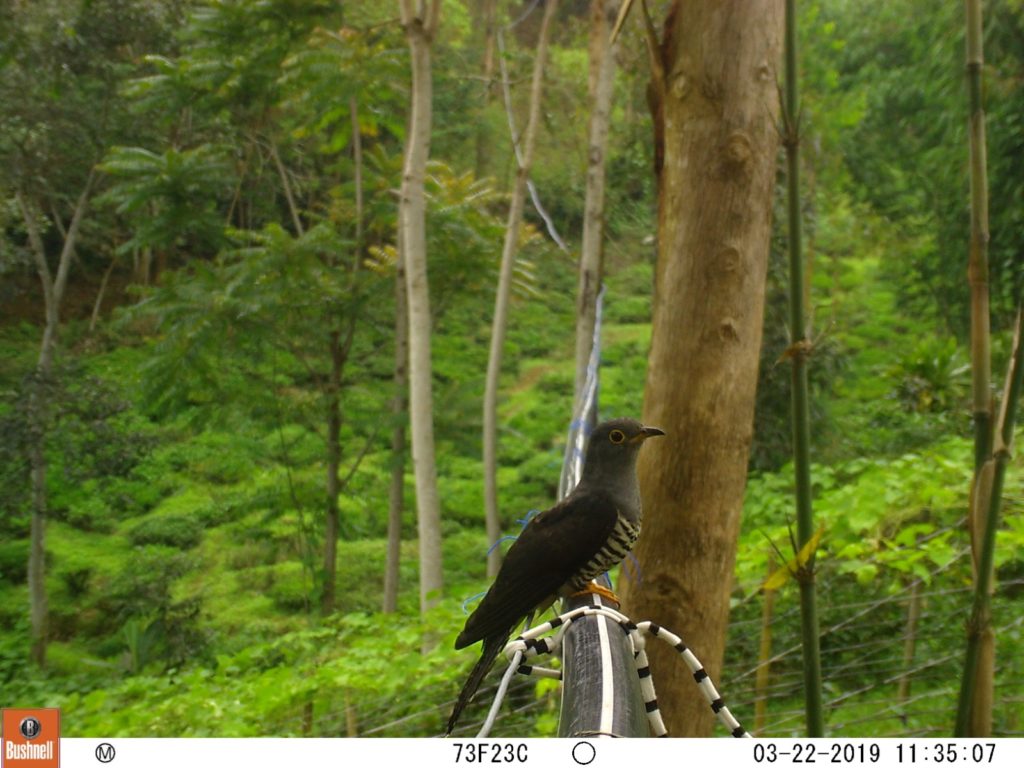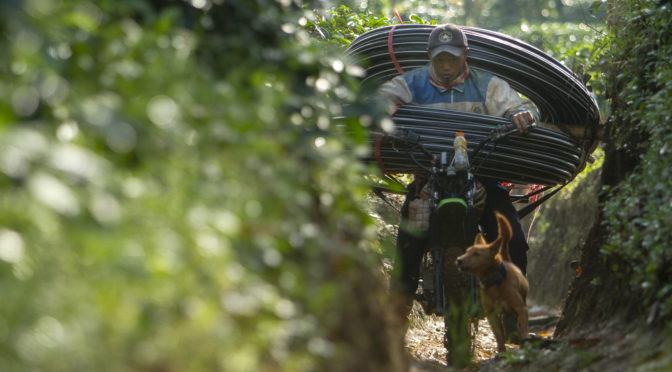To this question, I am answering YES. But maybe I should set the context for those who have no idea I am talking about what. And it easy for me to talk about it as it is all about the topic of my research here in Cipaganti: building bridges.
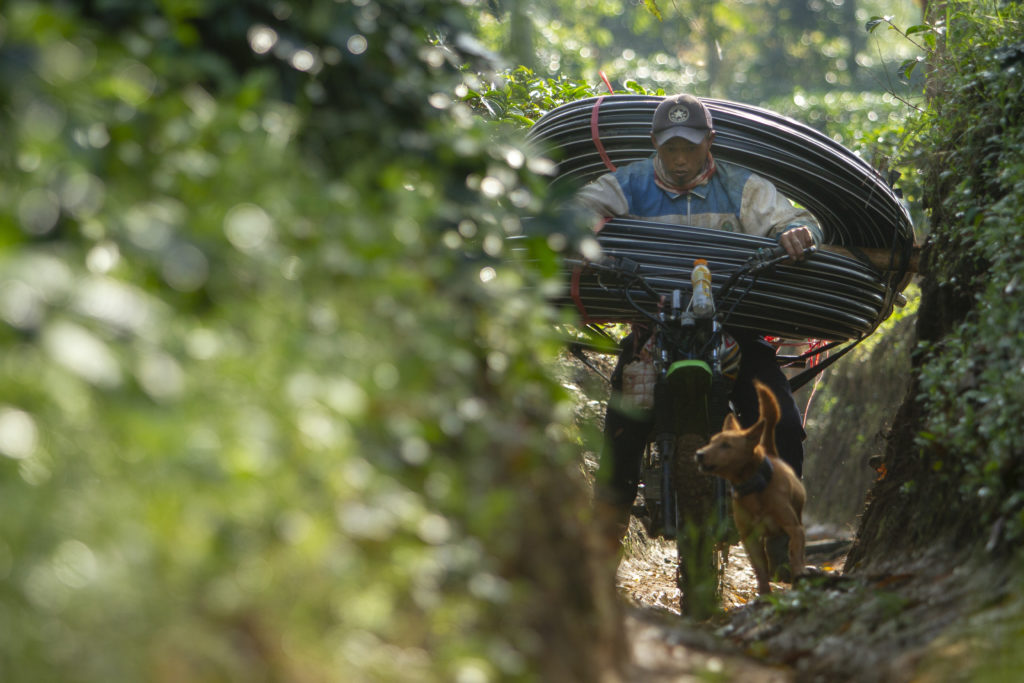
Artificial corridors
Here is the scientific fact: We all know that human population grows at an exponential and alarming rate. The consequences are an ever-growing demand for ecosystem services and expansion of agriculture and urbanization that are the major causes of deforestation. The result affects negatively the preservation of high-quality forest habitats, habitats are fragmented and the wildlife is now fragile. You will now say to me “ok so let’s protect all primary forests”. Unfortunately, we all know this ideal solution can not happen in reality. All forests cannot be all strictly protected. As conservationists, we all desire to restore disconnected habitats; by implementing forest corridors between degraded habitat, we would provide access to new habitats and ensure safe crossing for arboreal wildlife. Nevertheless, forest corridors are not always easy to implement, trees need a few years to reach a reasonable height, but some species don’t have a few years left. Now you will think “so what then?” And I will reply “we can think about short-time solutions: artificial corridors”.
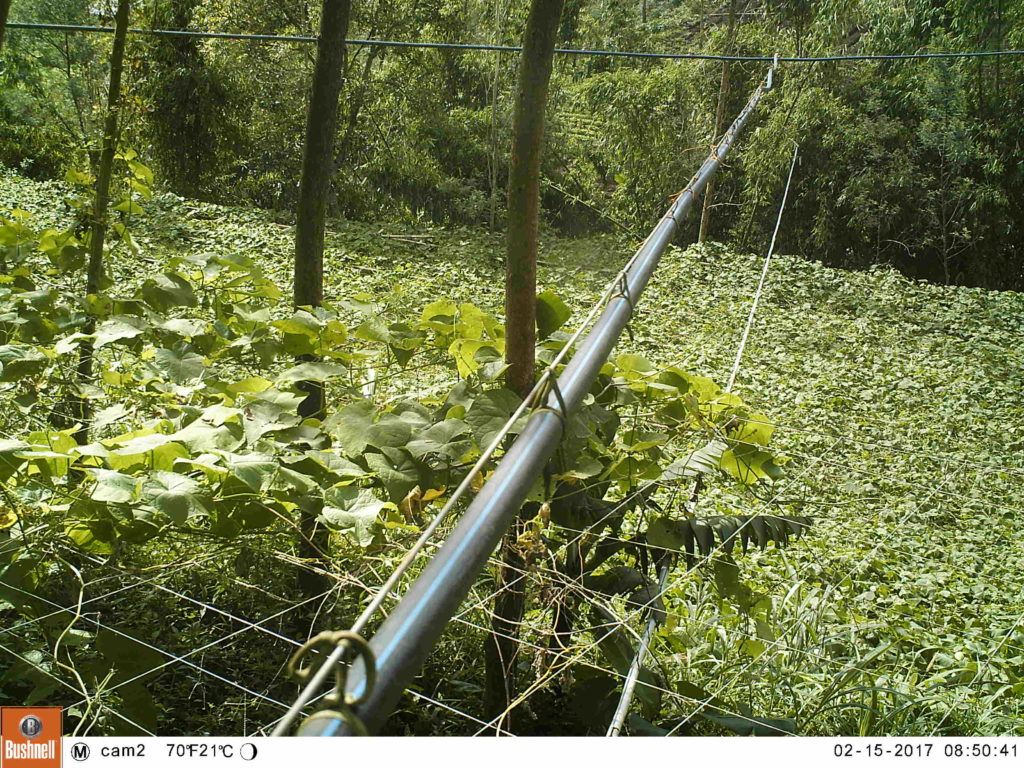
What about Cipaganti?
Researchers have assessed a variety of wildlife corridors, such as artificial and natural canopy bridges, road underpasses and green bridges. They already ensure successful passage for different mammalian taxa, from dormice, to western ring-tailed possums, squirrel gliders and bears. Now that you get the subject, we can refocus this story on our endangered Javan slow lorises. The population in Cipaganti live in an agroforest environment, that does mean their habitats are highly fragmented. But they are fully arboreal primates and cannot leap. Individuals have been often observed to use terrestrial movements to walk between disconnected trees, but with caution and without any risk of predation. The ability of this slow loris population to survive in fragmented landscapes depends on the restoration of canopy connectivity. And here is where LFP team and local farmers take actions. In February, we have built three canopy bridges. They were built to connect disconnected trees in the home range of Shirley-Fernando’s family, and Mimi’s family. They were designed from a rigid 3 cm diameter water pipe tied to wire support to ensure stability during potential crossings, installed at range height from 0.5 to 10m. It is very important for us to involve the community; the waterlines are not only useful for slow lorises but they provide essential irrigation for the vegetable farms.
And what about slow lorises?
So far, two families are using the bridges, both adults and juveniles.
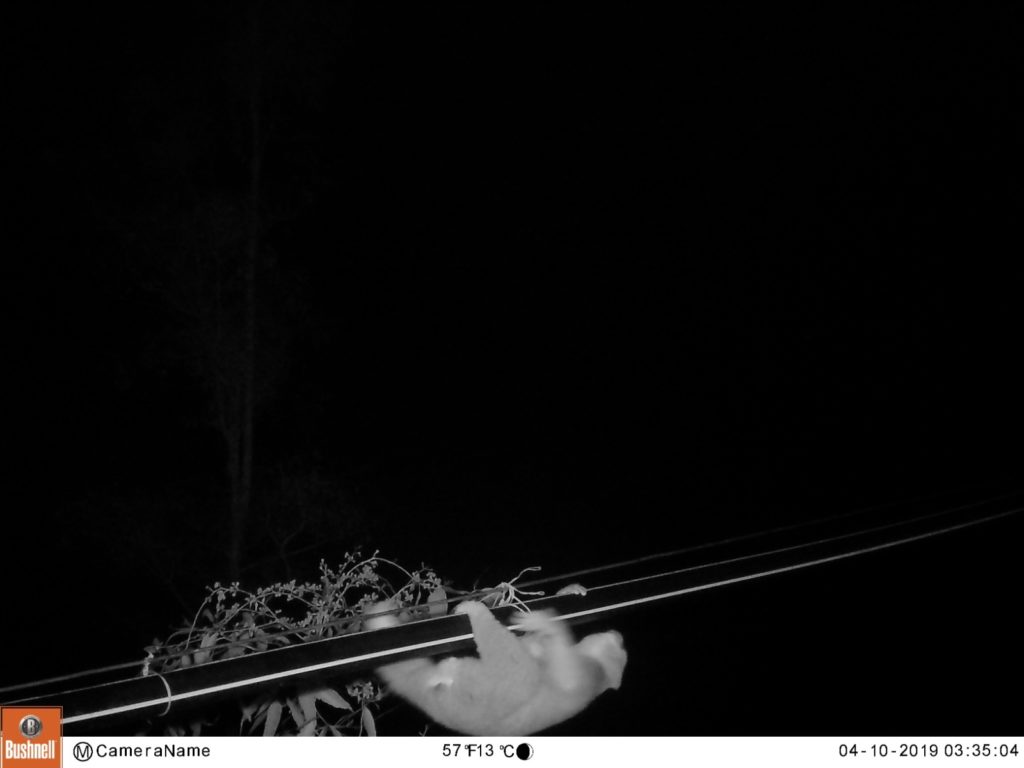
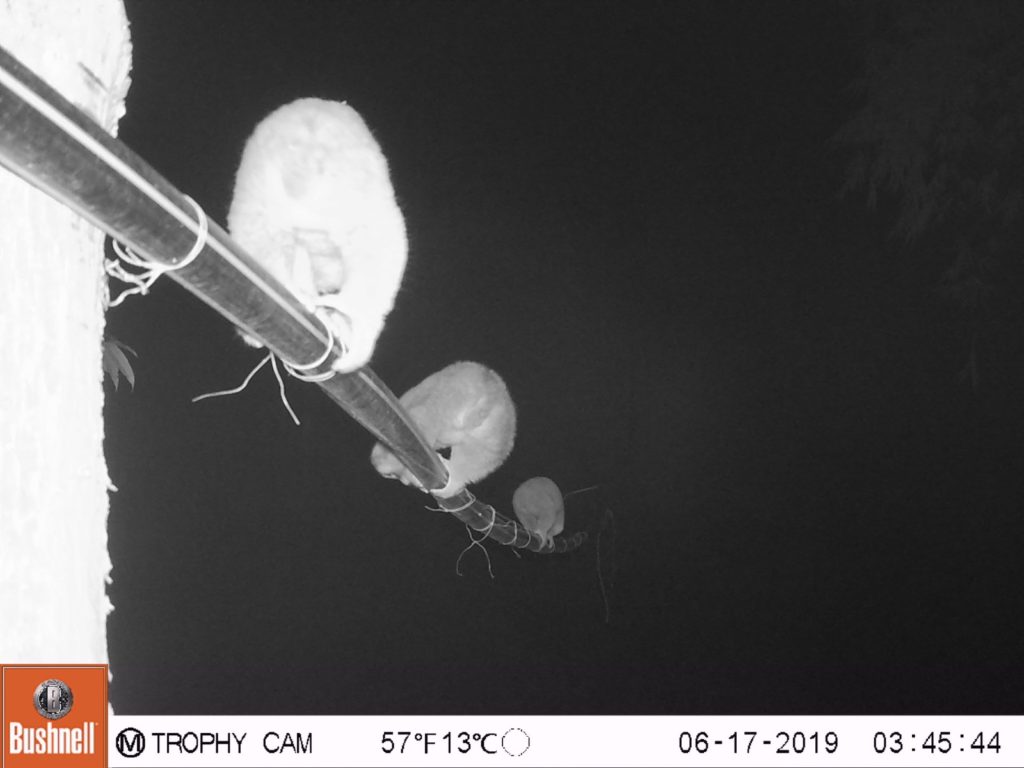
Using camera traps to monitor the use of the bridges, we have already collected 216 events of slow lorises using the waterline bridges. They started to cross the bridges only after an average of 4 days. While I am speaking with you, they are still using the bridges to move safely through their home range. They use the waterlines mainly for travelling but they sometimes can engage social activities on it with up to three slow lorises crossing at once. And to conclude my story, not only slow lorises were often captured on the camera traps, but Asian palm civets, tree shews, raptors and kingfishers. I hope I convinced you that artificial canopy is an efficient short-term conservation strategy for this species who strictly need connectivity in their habitat. Hélène Birot
